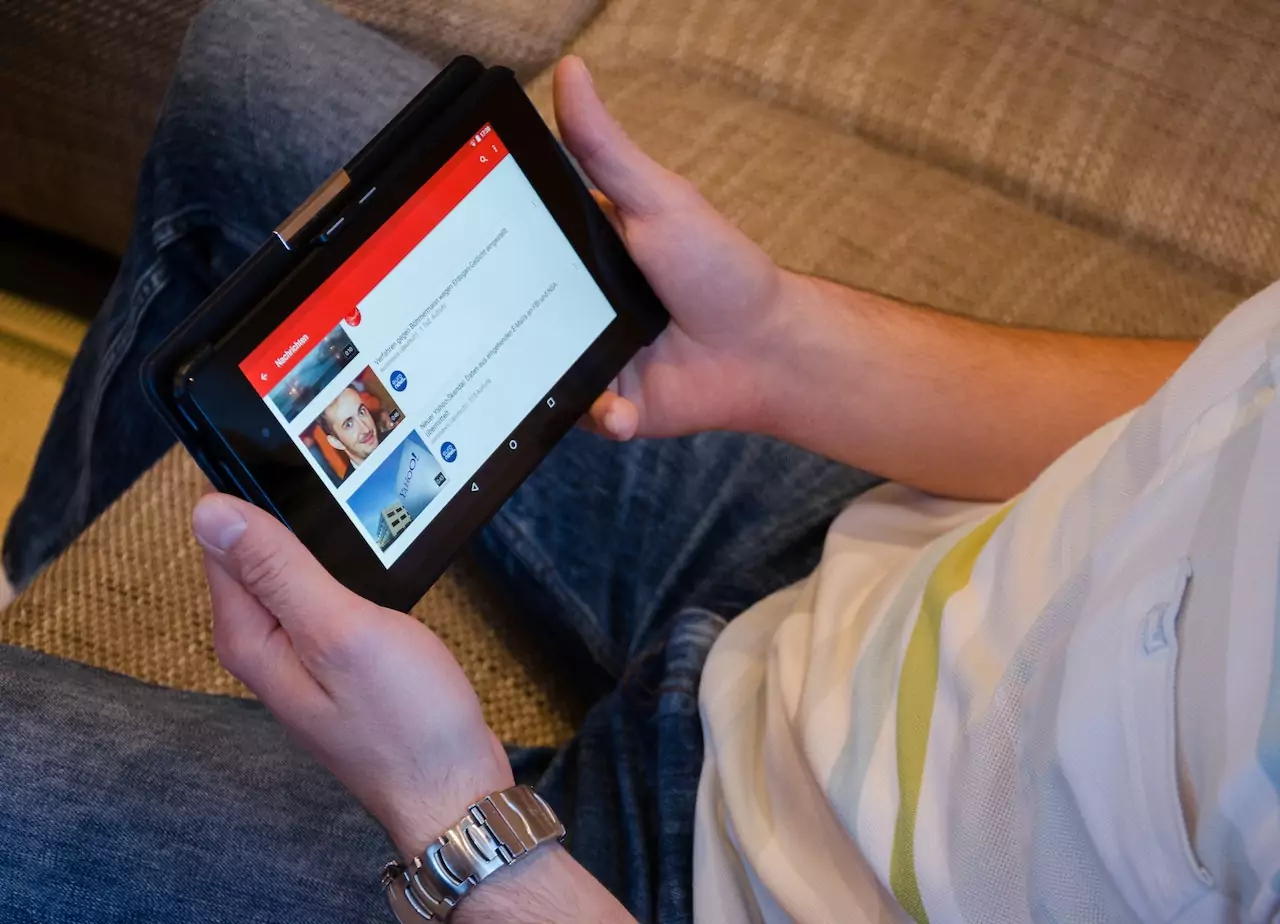The intersection of social media and automation was an idea whose time was inevitable. The sheer amount of posting traffic measured against the limited number of hours available to interact per day forced social media account holders to find ways to stay engaged while saving time. Many turned to bots to help pull the weight of timely posting.
Social media posts can automatically post, follow and unfollow other users, send direct messages, repost, or share, other users’ messages, and more. However, depending on the platform, it still has shortcomings in its lack of sophistication.
Twitter bots, in particular though, have been a great counteraction for helpful automation. Here are some Twitter bots that are using their powers for good to make authentic news reporting more efficient.
Quakebot
Los Angeles Times reporter Ken Schwencke understood the meaning of quality time for the newsroom when he created this bot. Prior to its release, journalists reported on every single earthquake happening in California regardless of its size and impact. Quakebot taps into the US Geological Survey and only reports when earthquakes are above a predetermined size. The bot automatically writes, publishes, and tweets a bare-bones report about the quake and journalists can follow up.
Editing TheGrayLady
Imagine being able to see a news story as it evolves, including original text, deletions, updates, and other shifts. This puts transparency on the front line. This bot allows viewers to see the changes happening to The New York Times homepage by capturing and highlighting text and copy edits for viewers.
Not Yorker
In a play on the name of The New Yorker, this bot adds humorous captions to the cartoons of that publication. Started by data analyst Shaun McAvinney, this bot has a small following, but it scores good Samaritan points for keeping humor in a field that is often quite serious.
Real Press Sec.
Although current US President Donal Trump needs no public announcements about his tweets, there is a bot that scans for his colorful statements, places them on White House letterhead, and retweets them. Russel Neiss, an educator, coder, and activist was inspired by former Obama staff writer Pat Cunnane to create this. It is a helpful resource for reporters.
Congress-edits
In a climate that seems watchful against falsification and corruption, it is intriguing to watch how information about current leaders or events changes on the Internet. This bot monitors changes in Wikipedia information that are made from any US Congress IP address.
Snippet_jpg
Glancing back in history can always give journalists lessons for the present. Snippet_jpg aims to do that by posting parts of newspaper front pages from 100 years ago on a given day. The articles come from the Chronicling America archives at the Library of Congress and have a modest following.
NYT Anonymous
There are a few good reasons a journalist might want to know when a story is published with an anonymous source. It gives them leads for follow-up stories and a chance to try to get a similar source on the record. It also gives the public an idea of how often the media might rely on this to tell a story. This bot lets followers know when any New York Times story has an anonymous source.
FISAcourt
Bot creator Eric Mill is trying to remove some of the secrecy from the Foreign Intelligence Court by tweeting its docket. He reminds viewers that although this is a public service agency, there is no sign on the door of its office and no way for the public to interact, even with unclassified information.
CensusAmericans
Ph.D. student Jia Zhang takes US Census data from 2009 to 2013 and creates short biographies of people who might be represented by that data. She removes the anonymous face from that data and makes the statistics more human. This might inspire journalists to write about real lives instead of lone Census figures.
Content from our partners
Stay Woke Bot
Activists Darius Kazemi and DeRay Mckesson have created a bot that gives basic answers to questions about race and social justice that journalists ask activists all the time. For journalists who do their homework, this allows interviews and stories to get to the heart of the real issues.
What do you think about the use of Twitter bots for better journalism and audience development? Are there any Twitter bots that haven’t been covered in this post? Please leave your comments below.












